Review: 2010 Chevrolet Camaro SS
The third-generation Camaro, so much swoopier than anything else on the road back in 1982, looked more like a concept car than a production car. The throaty V8, though pitifully weak by today’s standards, at the time was easily capable of getting a 14-year-old’s pulse racing. Some critics dinged the car for its impractical packaging, size, and weight, but I didn’t care. I wanted one, badly. Never did get one. By the time I could afford a Camaro, I agreed with the critics. From frenzied test drives in the Toyota Corolla GT-S and Honda CRX I learned the joys of high-revving multi-valve engines and agile handling. GM recently introduced a fifth-generation Camaro. What has it learned in the last 28 years?
car with such exaggerated styling could exist outside of a cartoon. Many people do clearly love the look of the new car, and virtually everyone has a strong opinion about it. GM deserves credit for crafting a shape that is at once current and readily identifiable with its ancestors. The lesson not learned: the racier the styling, the shorter the shelf life. Sales have been strong so far, but where will they be in 2012?
Size remains a big issue. Compared to previous generations, the new Camaro is about as long (190.4”), wider (75.5”) and heavier (3,860 lbs.). The original Camaro was based on a compact car platform. The new one is based on GM’s largest car platform. You’d never guess that gas prices reached record highs during the car’s gestation. Another lesson not learned.
Check out the 2010 Camaro’s back seat, preferably from a safe distance, and as with past iterations you’ll wonder where all of those exterior inches went. Adults who don’t regularly practice yoga simply don’t fit beneath the low roof. My skinny nine-year-old son complained about the lack of room and his inability to see out of the small, high-mounted windows. His comment on the car: “Everything is big except what you want to be big, and that’s small.”
Slide between the widely-spaced bolsters of the front seat, though, and you’ll wonder if the Camaro was designed for giants. You sit low behind a hulking instrument panel. Both the deeply dished steering wheel and shifter are super-sized: Camaro drivers best have big, manly hands. The retro-styled interior possesses some interesting elements, but it’s overly plasticky. The silver-painted trim bits are so thick they come across as clunky. The bulging center stack with its pair of oversized round HVAC controls (I’ll avoid references to the female anatomy) appears more 1990s GM than late 1960s. Sometimes there’s a fine line between retro and dated. The most attractive part of the interior: the door sill trim plates. Too bad they’re no longer visible once you clunk the door shut.
The windshield is much more upright than with the third-generation Camaro, and perhaps even the second—a retro touch I can definitely live with. Sitting low and gazing over a long hood as the V8 rumbles provides a badass feeling you just cannot get in a
Mustang. Visibility? It’s as bad as everyone says, but still livable.
When paired with the six-speed manual, the 2010 Camaro’s 6.2-liter V8 puts out 426 horsepower at 5,900 rpm. Years ago GM claimed they could get pushrod engines to breathe well at high rpm, and they’re rightly proud of the peak output they’ve been able to wring from this one. But there are downsides to this approach. With only two valves per cylinder, breathing cannot be optimized separately for low and high rpm. So tune for high rpm breathing and the low end suffers. The 6.2’s torque peak is a fairly lofty 4,600 rpm, so there are only 1,300 rpm between the peaks.
Then there’s the way the Camaro’s engine sounds and feels when racing for the redline. Its raucous roar (with stray mechanical undertones) borders on violent, with much of this violence seemingly directed towards the engine’s own internals. Put another way, under hard acceleration at high rpm the big V8 sounds like it wants to tear itself apart. At the other end of the spectrum, the idle is a bit lumpy, which is typical of a cammy old-school V8.
Shift feel is similarly unrefined. Throws are moderate in length, but can feel clunky, and in casual driving it takes conscious effort to shift the car smoothly. Go too easy on the throttle in first and the shifter will take you straight to forth, an old GM trick to bump the EPA rating. The V8 is torquey, but shifting into fourth so early still lugs it. Even if this feature is avoided—and I didn’t encounter it at all the first few days I had the car—the gearing feels too tall. Fuel economy ranged from 13 in hard driving to low 20s on the highway. Figure 16 and change in moderately aggressive driving around town—nearly the same I observed in an Altima Coupe.
Then there’s the chassis, which seems to have received all of the refinement the rest of the car did not. The nicely weighted steering doesn’t communicate much, and the Camaro handles like the large, heavy car that it is. But body roll is restrained without killing the r
ide quality, and the precision with which the car can be steered with the right foot (a trait shared with the late, lamented Pontiac G8 and the Corvette) should serve as an example for other manufacturers. (Nissan, I’m talking to you.) Add in good balance and very grippy tires, and you’ll rarely come anywhere near the Camaro’s limits on public roads.
In the final analysis, outside of the chassis GM hasn’t learned much in the last 28 years. Some things they didn’t need to learn. The driving position might compromise visibility, but without it the Camaro wouldn’t be a Camaro. And a Camaro should be boldly styled and chock full of big, vocal V8. But the fifth-generation car is at least a half-size too large, a few hundred pounds too heavy, and far too unrefined. Sure, a Camaro should be raw, but not raw all over. Like hair that has been painstakingly styled to appear disheveled, rawness must be carefully distributed. The bits that enhance the driving experience should be retained, even amplified—as raw as it is, the Camaro could feel more visceral. But the other rough edges, that cheapen the car and disrupt the driving experience, should be excised. The good news: the chassis would be the hardest thing to fix with the refresh that needs to happen before the styling goes stale.
Chevrolet provided the vehicle, insurance and one tank of gas for this review.
Michael Karesh owns and operates TrueDelta, an online source of automotive reliability and pricing data.
Michael Karesh lives in West Bloomfield, Michigan, with his wife and three children. In 2003 he received a Ph.D. from the University of Chicago. While in Chicago he worked at the National Opinion Research Center, a leader in the field of survey research. For his doctoral thesis, he spent a year-and-a-half inside an automaker studying how and how well it understood consumers when developing new products. While pursuing the degree he taught consumer behavior and product development at Oakland University. Since 1999, he has contributed auto reviews to Epinions, where he is currently one of two people in charge of the autos section. Since earning the degree he has continued to care for his children (school, gymnastics, tae-kwan-do...) and write reviews for Epinions and, more recently, The Truth About Cars while developing TrueDelta, a vehicle reliability and price comparison site.
More by Michael Karesh
Latest Car Reviews
Read moreLatest Product Reviews
Read moreRecent Comments
- SCE to AUX "...to help bolster job growth and the local economy"An easy win for the politicians - the details won't matter.
- Kjhkjlhkjhkljh kljhjkhjklhkjh so now we will PAY them your tax money to build crappy cars in the states ..
- SCE to AUX Yes, I'll miss it, and it doesn't make sense to kill off your 3rd-best seller. 2023 was its best year since 2018.
- SCE to AUX This was the same car I had (05 xB, stick, "camouflage" color) for 7 years - great car.We called ours "The Lunchbox". I added aftermarket wheels, and the 3rd-party cruise control the dealers could install.It suffered only two failures: bad window switch in week 2 (dealer fixed in 1 hour), bad trailing O2 sensor (fixed myself for $70). Fuel economy was always 28-34 mpg.It was a potential death trap, and ride quality became unbearable after 2 hours. I once did a 10-hour round trip in it and could barely walk after.Traded it for a 2012 Leaf, which was a better car in some ways.
- Bd2 The "e" nomenclature signifies the e-ATPs which BMW is pursuing.



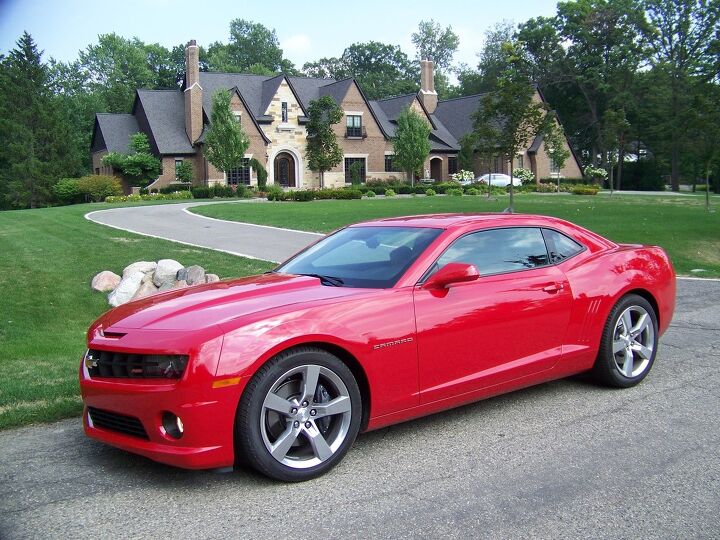




























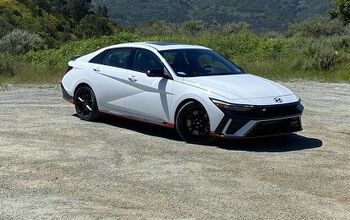
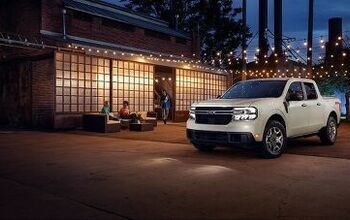
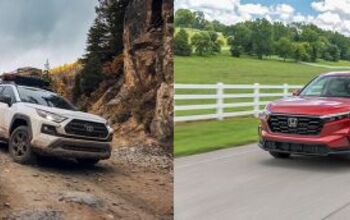
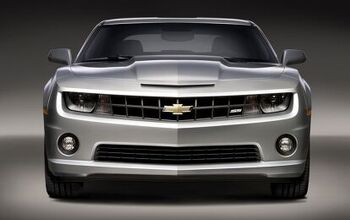
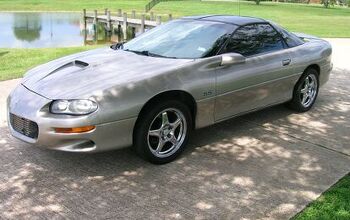
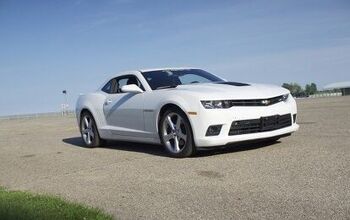
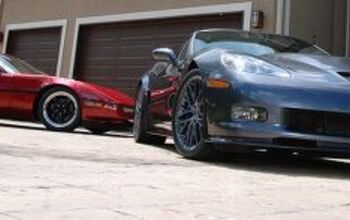
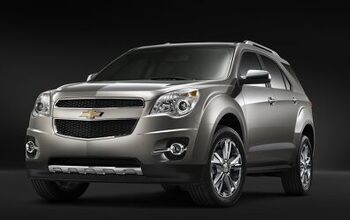
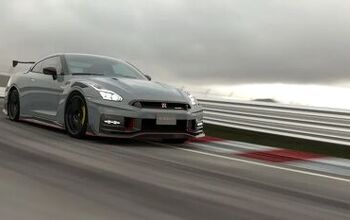
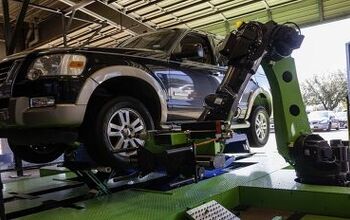
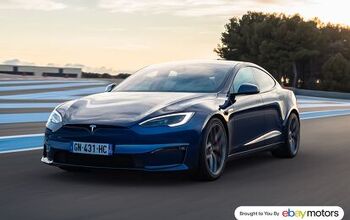

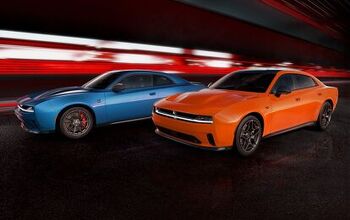
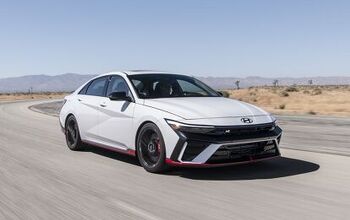
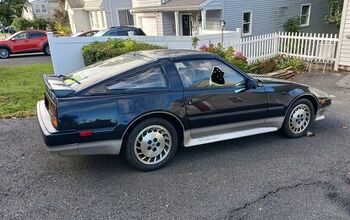
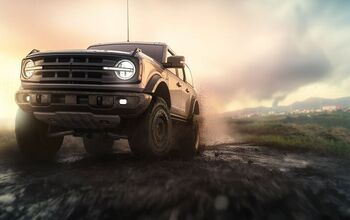
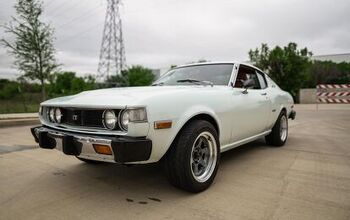

Comments
Join the conversation
It seems like most of the negative comments about this car are from guys who can't afford one, or Mustang fanboys, or, even more laughable, guys who plan on taking their family cruising in a sports car. Trunk space? Are you planning on taking this car on a family vacation? Buy a sedan! Small, crampy rear seat? I drive from the front seat, if passengers don't like being cramped, let em ride in a sedan! Long nose? A big block takes up room, and if you ever plan on doing engine maintenance, you'll appreciate the extra elbow room that long nose gives you. Flat, blocky rear deck? Look at all the expensive sports car decks. Flat, blocky with big, round taillights. At least this car has better styling with the lights. The Mustang was marketed, originally as a secretary's sports car, it's no wonder your wife thinks they look better than a sports car. And, over 50 as the main buyers of a Camaro? Thats no surprise. The original Camaro was a young guy's rocket. He didn't worry about whether the kids were comfortable in the back seat, he didn't have any. We didn't go away, we just had to raise our kids. Now, we can relax in the best car we ever owned, and not worry about the wife nagging because we were going too fast or squealing the tires around a turn. So, I guess that makes us over 50. Your kids say the new Camaros look funny? I get nothing but, "Nice Car", and "Sweet ride" from any kid who gets close enough to hear their comments. Maybe, your kids are NERDS! High side rails and small windows? I'm not George Jetson, I don't need to drive around in a bubble. I appreciate the chopped top, custom body look that were only found on Chrysler cars previously. I also appreciate the engineering that made IRS a BETTER suspension package, used in all the major sports cars. Mustang owners would like to ignore or maybe they don't even have the knowledge to remember the Jeep of the Vietnam era, the M151A1, built by the Ford Motor Company, because it had better grip than the solid axle Willys Jeep. The Hummer is another example of the increased grip of IRS. So, you Mustang fanboys keep ranting on, maybe someday Mustang will be upgraded to something more modern and effective.
Drove both a both a 2010 camaro ss and a 2011 mustang and would have to say that finally after decades in second place to the camaro, the mustang would be my choice between the two. ive owned a 94 camaro And an 02 trans am becuase in those days they were miles ahead, handling, faster, built better, and subjectively better looking. when they changed the styling on the stang back in 05, it turned my head and rekindled my appreciation for the model. i would go test drive one occasionally, thinking i really like what they've done with the car, i mean it captures the retro look of the original like no other car on the road. but i just couldnt get past the plasticky interior and the live rear axle. i had by then been driving bmw's for a few years and just couldnt stand taking a step back in the quality and handling departments. But now with the 400 ponies and an interior thats getting better, i'd say its looking more and more appealling when compared directly to camaro. But why? Personally, i think they did a good job overall on the camaro styling, its bold and daring, as a muscle car should be, it gets noticed and is downright badass looking. But. Its. Getting. Too. LARGE. Driving it felt like driving a big car, not what i want in a sports car, are ya listening GM? Remember, the first camaros were built on a compact chassis! I think they should trim it down just a little and stick with the pony car tradition if they want to get the title back.